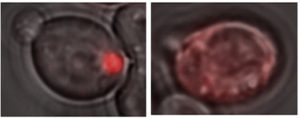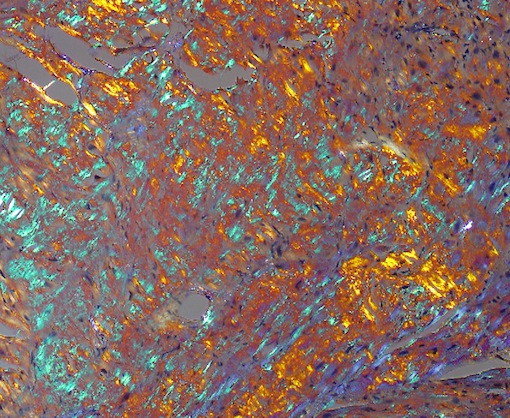An experimental anti-inflammatory drug has positive effects on neuron function and amyloid plaques in a mouse model of Alzheimer’s disease, Emory neuroscientists report. The findings are published in the journal Neurobiology of Disease.
Inflammation’s presence in Alzheimer’s is well established, but it is usually thought of as an accelerator, rather than an initiating cause. While everybody argues about the amyloid hypothesis, there’s a case to be made for intervening against the inflammation. Exactly how is an open question.
The drug tested, called XPro1595, targets the inflammatory signaling molecule tumor necrosis factor (TNF). Commercialized drugs such as etanercept and infliximab, used to treat autoimmune diseases, also block TNF. However, XPro1595 only interferes with the soluble form of TNF and is supposed to have less of an effect on overall immune function.
Senior author Malu Tansey (pictured) and her colleagues say that interfering with TNF could have direct effects on neurons, as well as indirect effects on the immune cells infiltrating the brain. They write that “the most promising finding in our study” is the ability of XPro1595 to restore long-term potentiation or LTP, which is impaired in the Alzheimer’s model mice. Read more






